Charging your Tesla at home is one of the most convenient and cost-effective ways to ensure your vehicle is always ready for the road. In this guide, we'll walk you through everything you need to know about setting up and optimizing your home charging station.
Tesla Charging Options
Tesla Home Charging Equipment
When you purchase a Tesla, it comes with a standard Mobile Connector that allows you to charge using a regular household outlet. However, for faster and more efficient charging, you might want to consider the optional Tesla Wall Connector, which offers quicker charging times and a more streamlined charging experience.

Home Charging Speeds
There are two primary levels of home charging speeds:
-
Level 1 Charging (120V): This uses a standard household outlet and provides a slow charge, adding about 3-4 miles per hour.
-
Level 2 Charging (240V): This requires a specialized outlet or Wall Connector and can add about 25-30 miles per hour.
Setting Up Your Tesla Home Charging Station
Setting up a home charging station for your Tesla is a crucial step to ensure you have a convenient and efficient way to charge your vehicle. It involves selecting the right location, understanding electrical requirements, and possibly hiring a professional for installation. Here’s a detailed guide to help you through the process.
Choosing the Right Charging Location
The first step is to choose the optimal location for your charging station. Ideally, this should be in a garage or driveway where your Tesla is parked overnight. A spot close to your main electrical panel is preferable to minimize installation costs and potential electrical issues. Ensure the location is accessible and has enough space around it for easy connection to your vehicle. Additionally, consider future-proofing by choosing a spot that can accommodate potential upgrades or additional electric vehicles.
Installing a Tesla Wall Connector
While Tesla’s standard Mobile Connector is sufficient for basic charging needs, installing a Tesla Wall Connector offers faster and more efficient charging. Here’s how to install it:
-
Hire a Professional Electrician: It’s essential to have a certified electrician handle the installation. They will ensure that the electrical system meets all safety and performance standards.
-
Choose the Installation Spot: Select a location close to your parking area and electrical panel. The spot should be easily accessible and provide enough clearance for the charging cable.
-
Install the Wall Connector: Follow the detailed instructions provided in the installation manual. The electrician will mount the Wall Connector on the wall and secure it properly.
-
Connect to Power: The electrician will connect the Wall Connector to your home’s electrical system, ensuring that it is on a dedicated circuit for optimal performance and safety.

Electrical Requirements for Tesla Charging
To safely and efficiently charge your Tesla, your home’s electrical system must meet certain requirements:
-
Dedicated 240V Circuit: For Level 2 charging, a dedicated 240V circuit is necessary. This provides the higher voltage needed for faster charging.
-
Proper Circuit Breakers and Wiring: Ensure that the circuit breakers and wiring are rated for the load they will carry. This may involve upgrading existing electrical infrastructure.
-
Ground Fault Protection: Ground fault protection is essential to prevent electrical shock and ensure safety. Your electrician will verify that this is in place.
Additional Considerations
-
Permits and Inspections: Depending on your local regulations, you may need permits for the installation. An inspection might also be required to ensure compliance with electrical codes.
-
Wi-Fi Connectivity: For remote monitoring and software updates, ensure your charging station has reliable Wi-Fi connectivity. The Tesla Wall Connector can connect to your home network, allowing you to monitor your charging status and receive updates through the Tesla app.
By carefully planning and executing the setup of your Tesla home charging station, you can enjoy the convenience of charging your vehicle at home with the peace of mind that comes from knowing it’s done safely and correctly.
How to Charge Your Tesla at Home
Charging with a Mobile Connector
The Mobile Connector, included with your Tesla, allows you to charge your vehicle using a standard 120V household outlet. While this Level 1 charging method is slower, adding about 3-4 miles of range per hour, it can be sufficient for daily driving needs if your commute is short. Simply plug the Mobile Connector into the outlet and connect it to your Tesla's charging port. Charging will begin automatically, and you can monitor the progress through the Tesla app.
Charging with a Tesla Wall Connector
For faster charging, the Tesla Wall Connector is an excellent investment. It provides Level 2 charging, which is significantly faster than using the Mobile Connector.
Steps to Charge with a Tesla Wall Connector:
-
Install the Wall Connector: If you haven’t already, have a certified electrician install the Wall Connector in a convenient location. Follow the steps outlined in the previous section on setting up your charging station.
-
Connect the Wall Connector to Power: Ensure the Wall Connector is properly connected to a 240V circuit for optimal performance.
-
Plug in the Wall Connector: Open your Tesla’s charging port and connect the Wall Connector’s plug to the port.
-
Start Charging: Charging will commence automatically, indicated by the green light on your Tesla’s charging port.
-
Monitor Charging: Just like with the Mobile Connector, use the Tesla app to monitor the charging progress, schedule charging sessions, and manage notifications.
Charging during off-peak hours (usually late at night) can save you money. Many utility companies offer lower rates during these times, and using scheduled charging in the Tesla app can help you take advantage of these savings.
Maintaining Your Tesla Charging Equipment
To keep your Tesla charging equipment functioning well and safely, here are concise and practical steps:
-
Inspect Regularly: Check cables and connectors for wear or damage and replace them if necessary.
-
Clean Contacts: Wipe down charging connectors with a dry cloth to remove dust and ensure a solid connection.
-
Monitor Performance: Use the Tesla app to track charging efficiency and address any irregularities.
-
Update Software: Keep your vehicle's software updated to improve charging capabilities.
-
Annual Check-up: Have a certified electrician inspect your charging setup each year to ensure safety and efficiency.
-
Weather Protection: If outdoors, cover your charging equipment and ensure the area is well-drained to avoid water damage.
Adhering to these steps will help maintain the efficiency and longevity of your Tesla charging equipment.
Benefits of Charging Your Tesla at Home
Charging your Tesla at home is both convenient and cost-effective. It allows you to charge your vehicle overnight, ensuring it's fully charged and ready to go each morning, saving you time by eliminating stops at public charging stations. This method is typically cheaper, too, especially if you can charge during off-peak hours when electricity rates are lower.
Installing a home charging station might also boost your property value as the demand for homes equipped with EV infrastructure grows. Moreover, charging at home is gentler on your Tesla’s battery compared to rapid charging stations, helping to extend its life. Plus, it offers a safer environment—you. You can avoid potential risks associated with public charging stations.
Lastly, if you’re environmentally conscious, pairing your home charging setup with renewable energy sources like solar panels not only cuts down on costs but also reduces your carbon footprint, making it a sustainable option. Overall, the convenience, savings, and benefits make home charging a smart choice for Tesla owners.
Conclusion
Charging your Tesla at home ensures that your car is always ready to go. After learning about your charging options and setting up the right equipment, you'll be able to take full advantage of home charging.
For a reliable and efficient home charging solution, consider the Autel MaxiCharger AC Lite 50A NACS. It's a smart EV charger designed for home use, offering Level 2 EV charger capabilities to keep your Tesla ready for the road efficiently and economically. As a versatile home EV charger, it provides the convenience and speed you need for daily charging.
By understanding your charging options and setting up the right equipment, you can take full advantage of the benefits of home charging. Set up your home charging station today and experience the convenience, savings, and environmental benefits it offers.

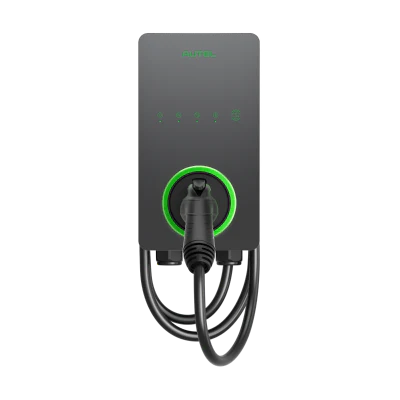
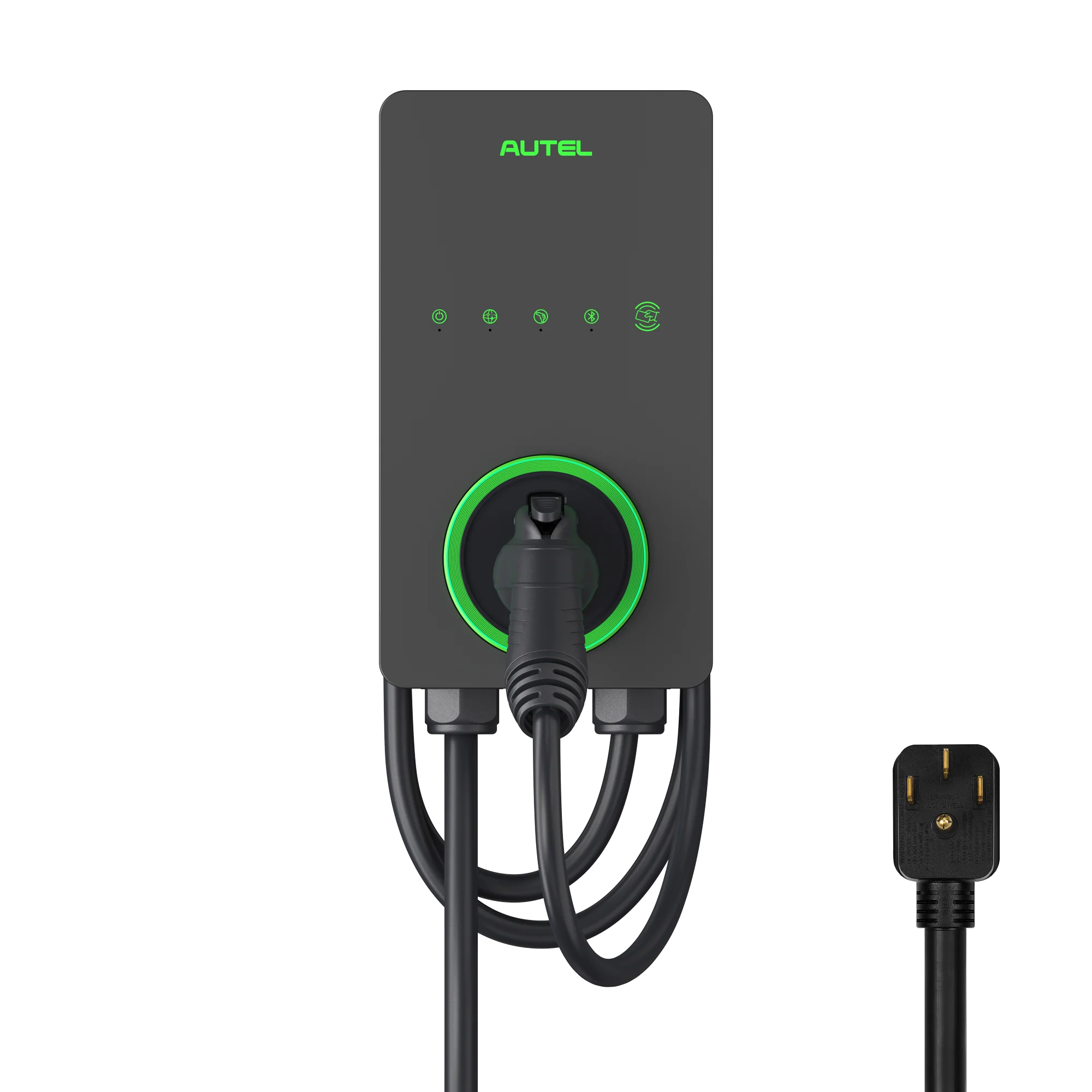
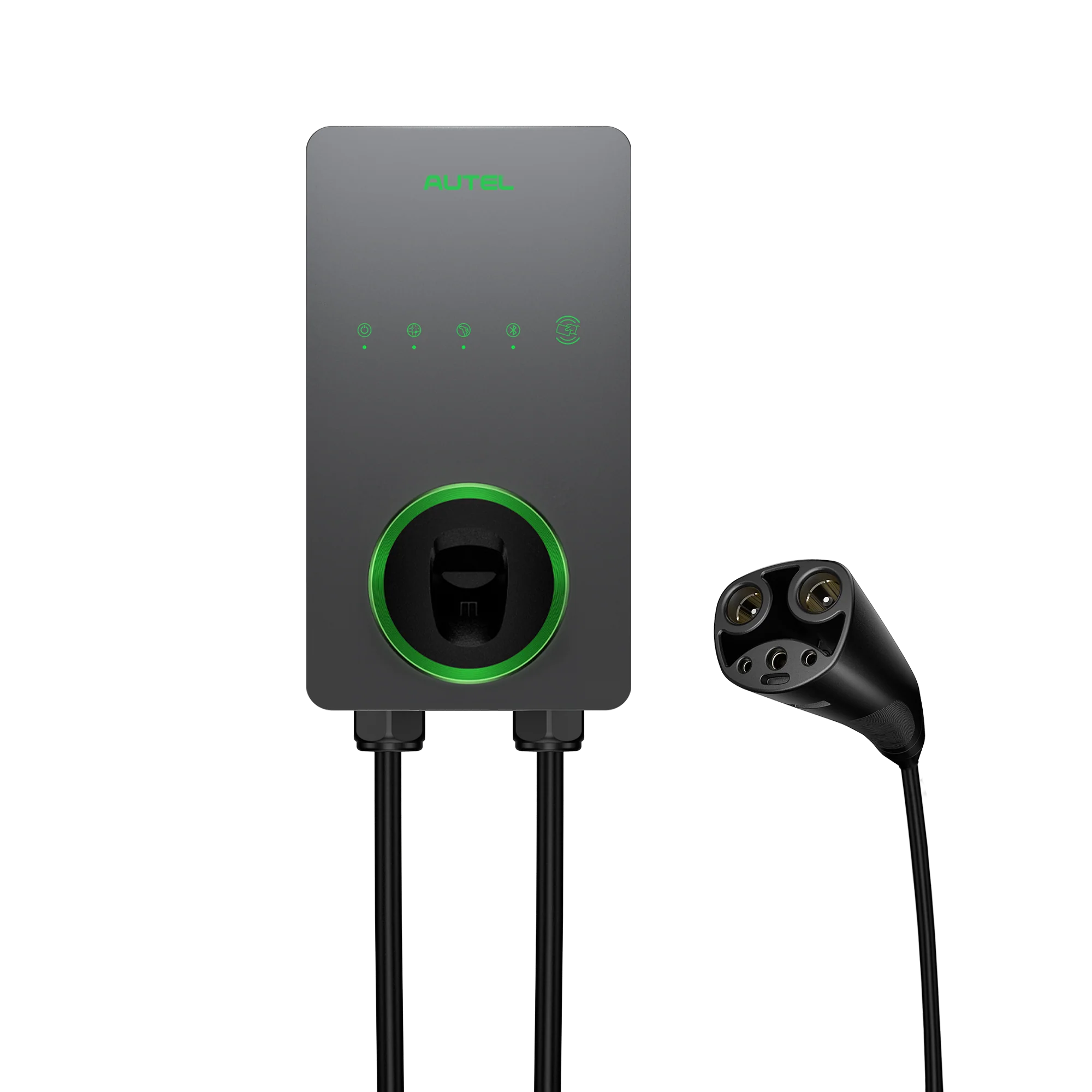
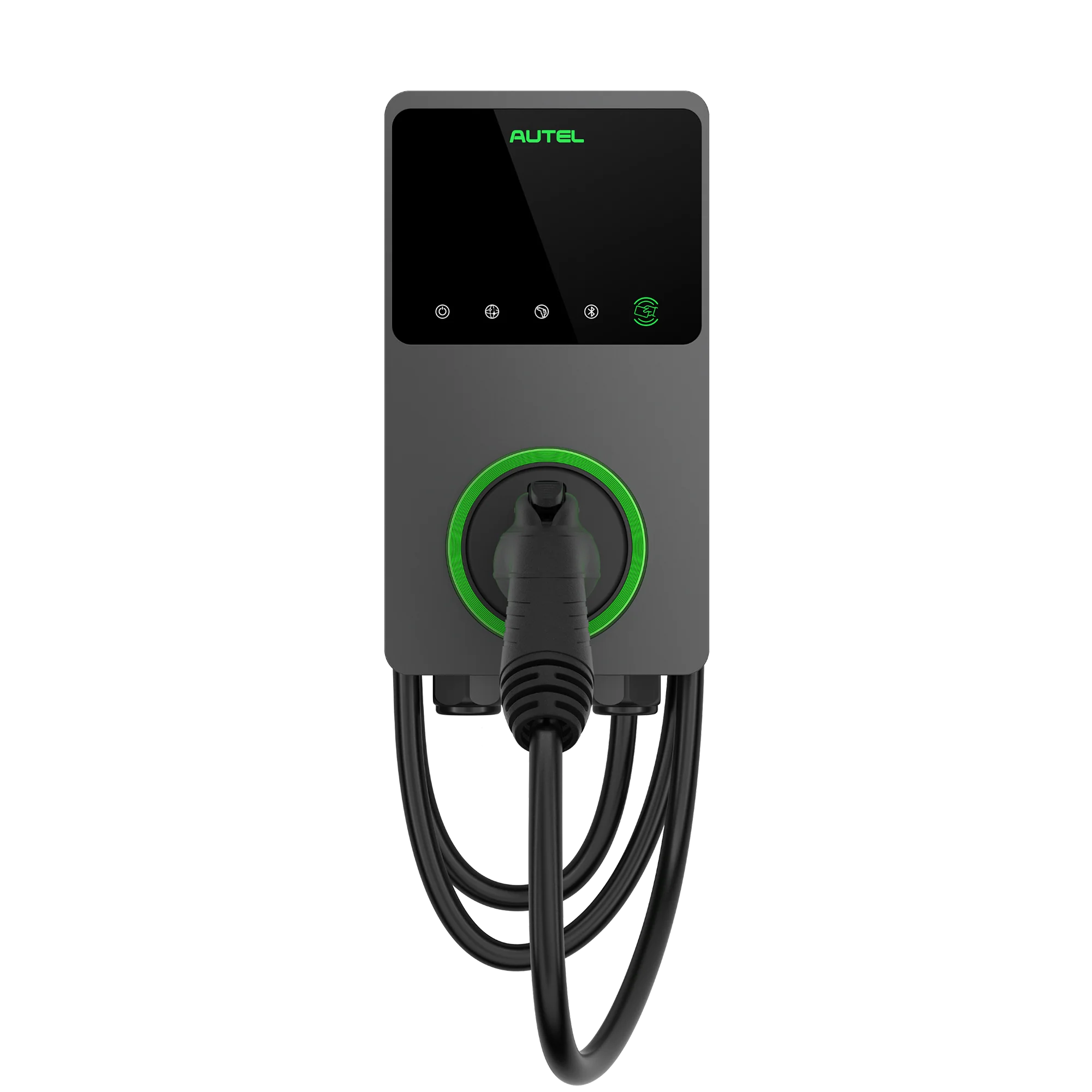
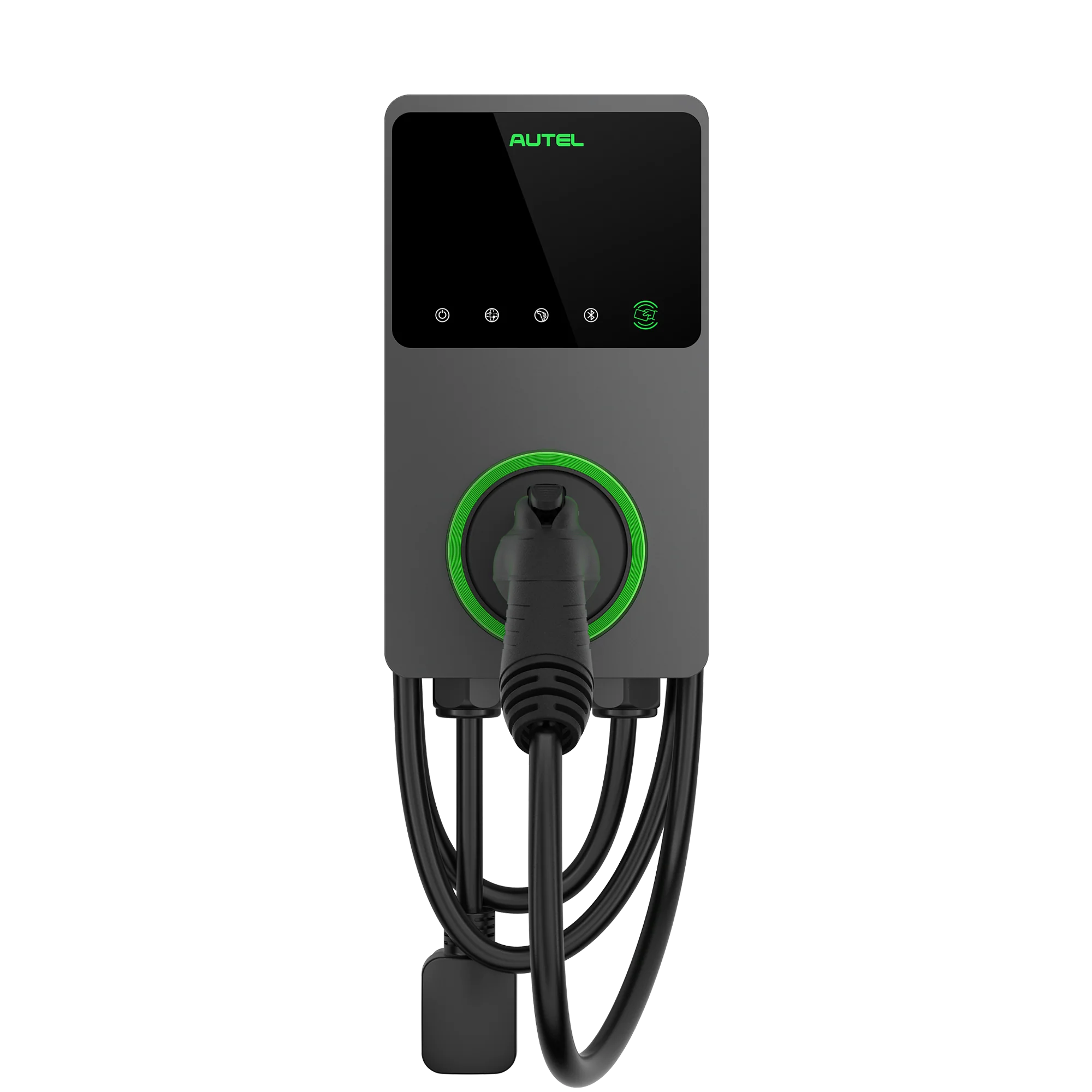
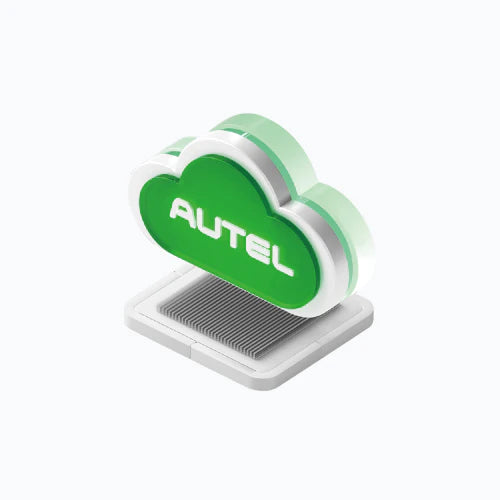
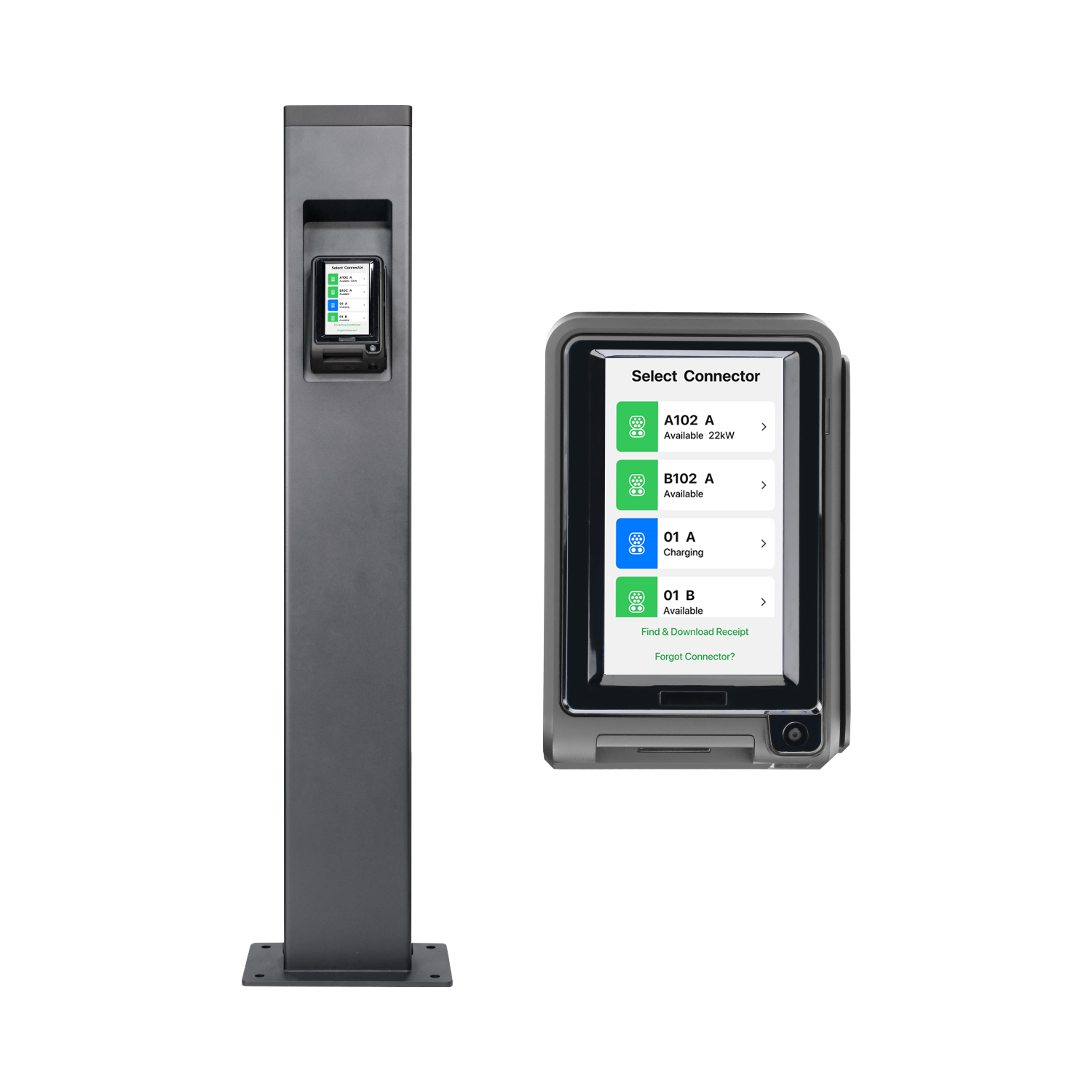
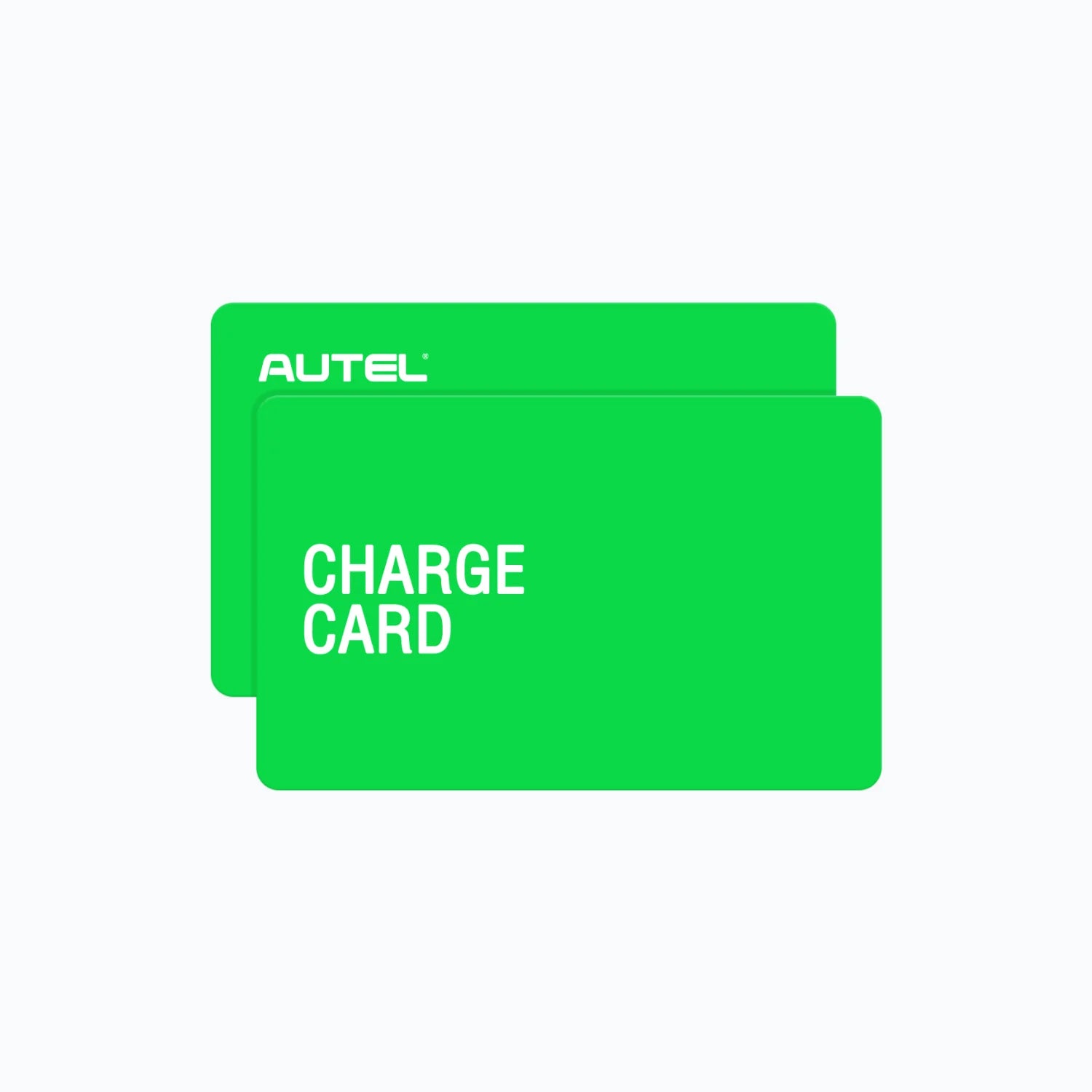
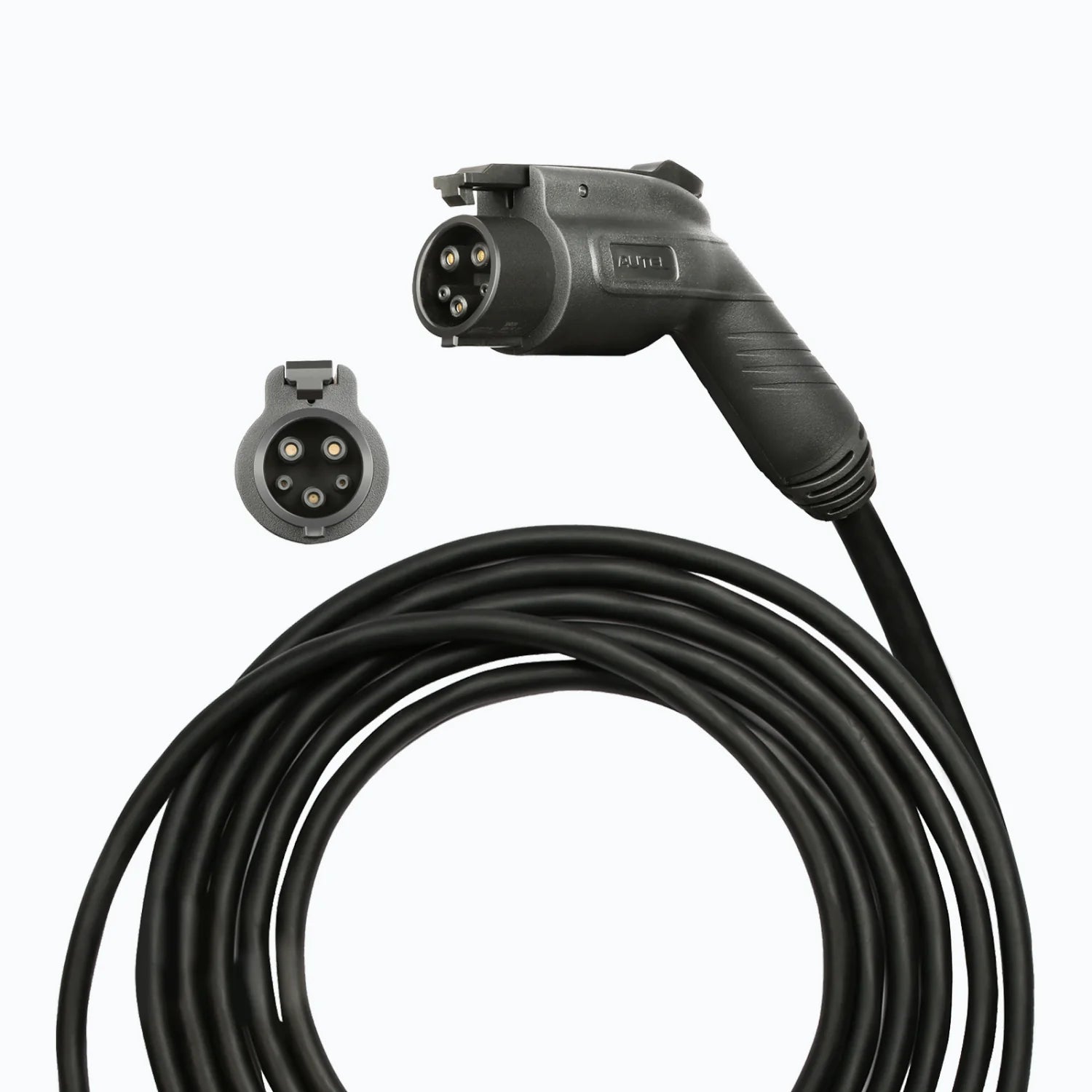
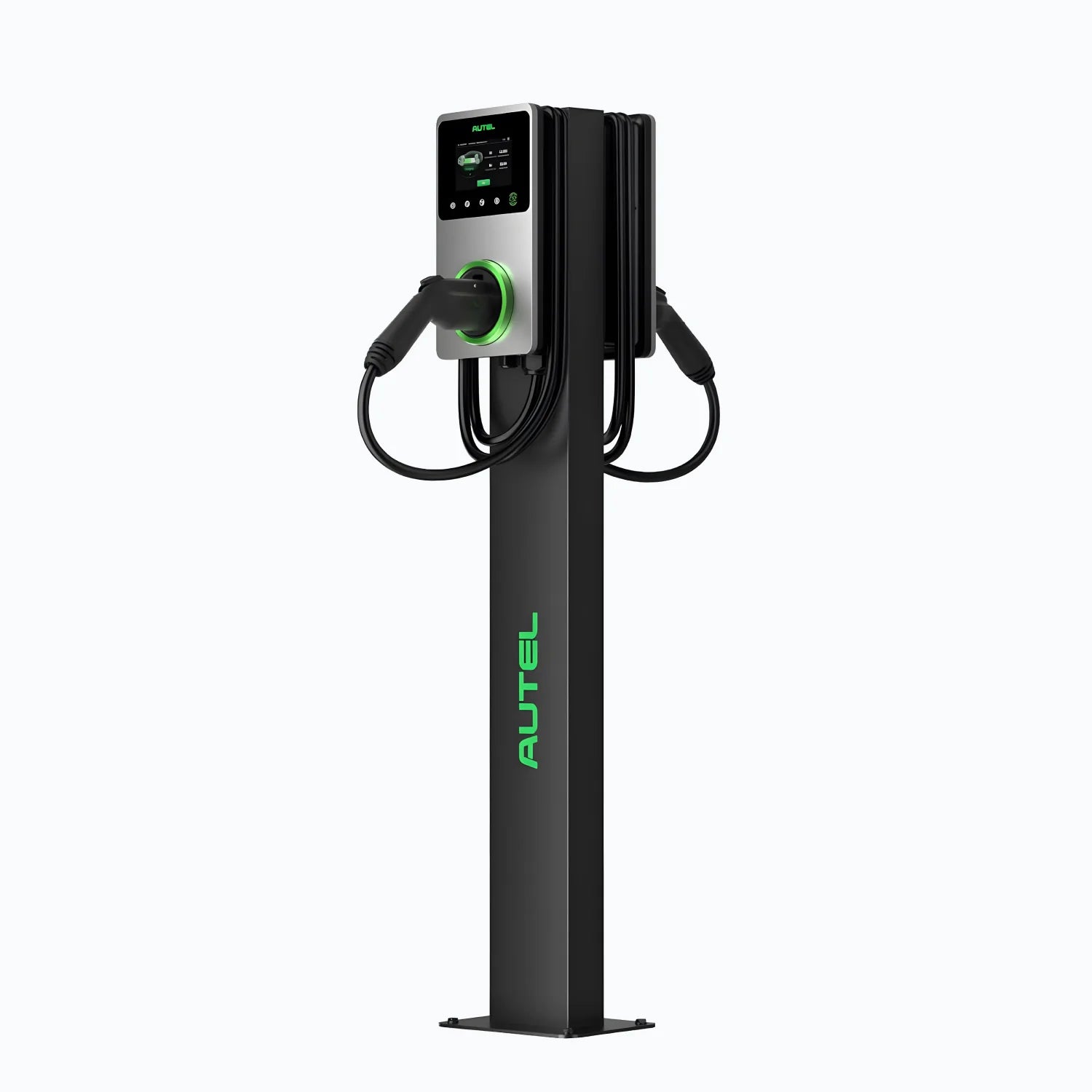
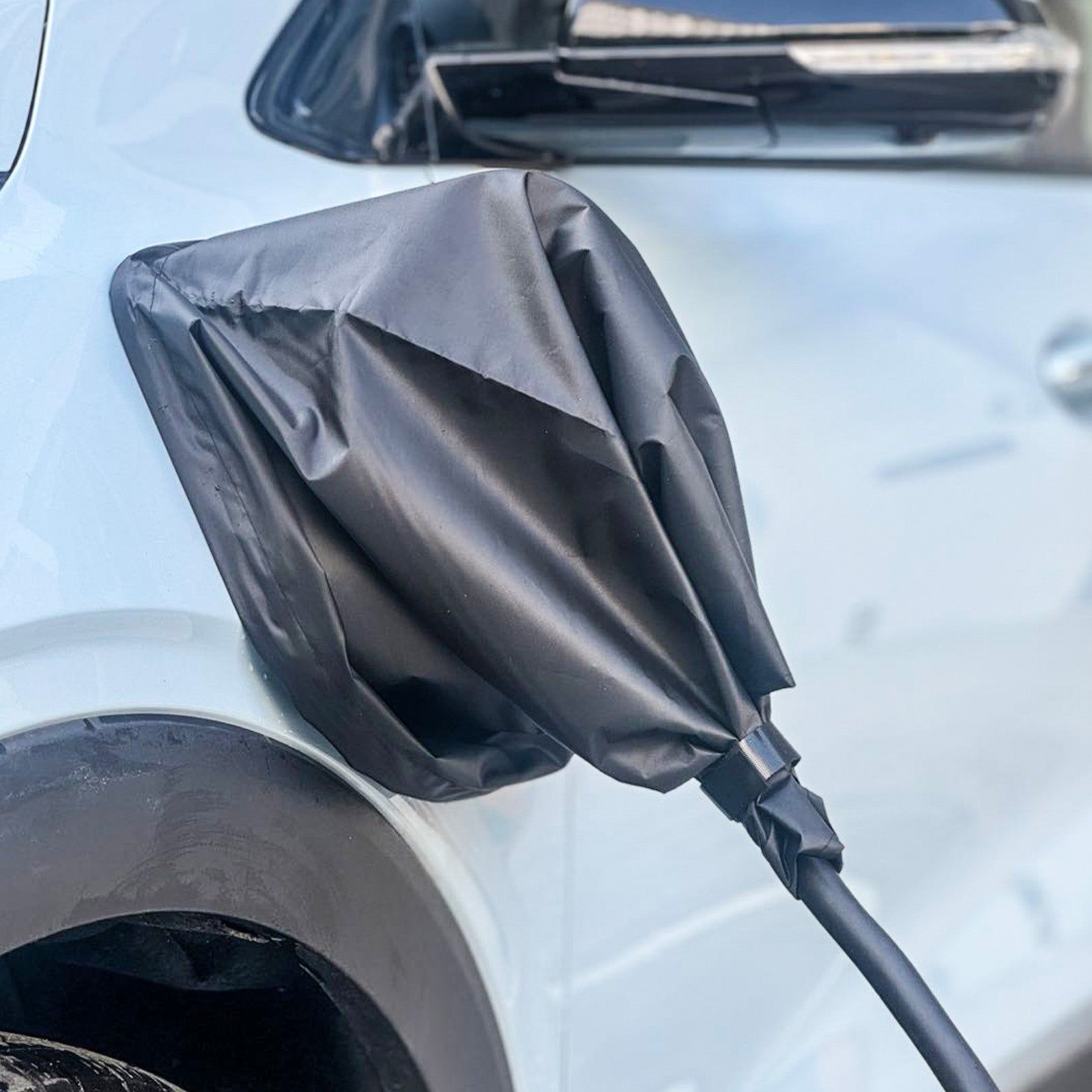
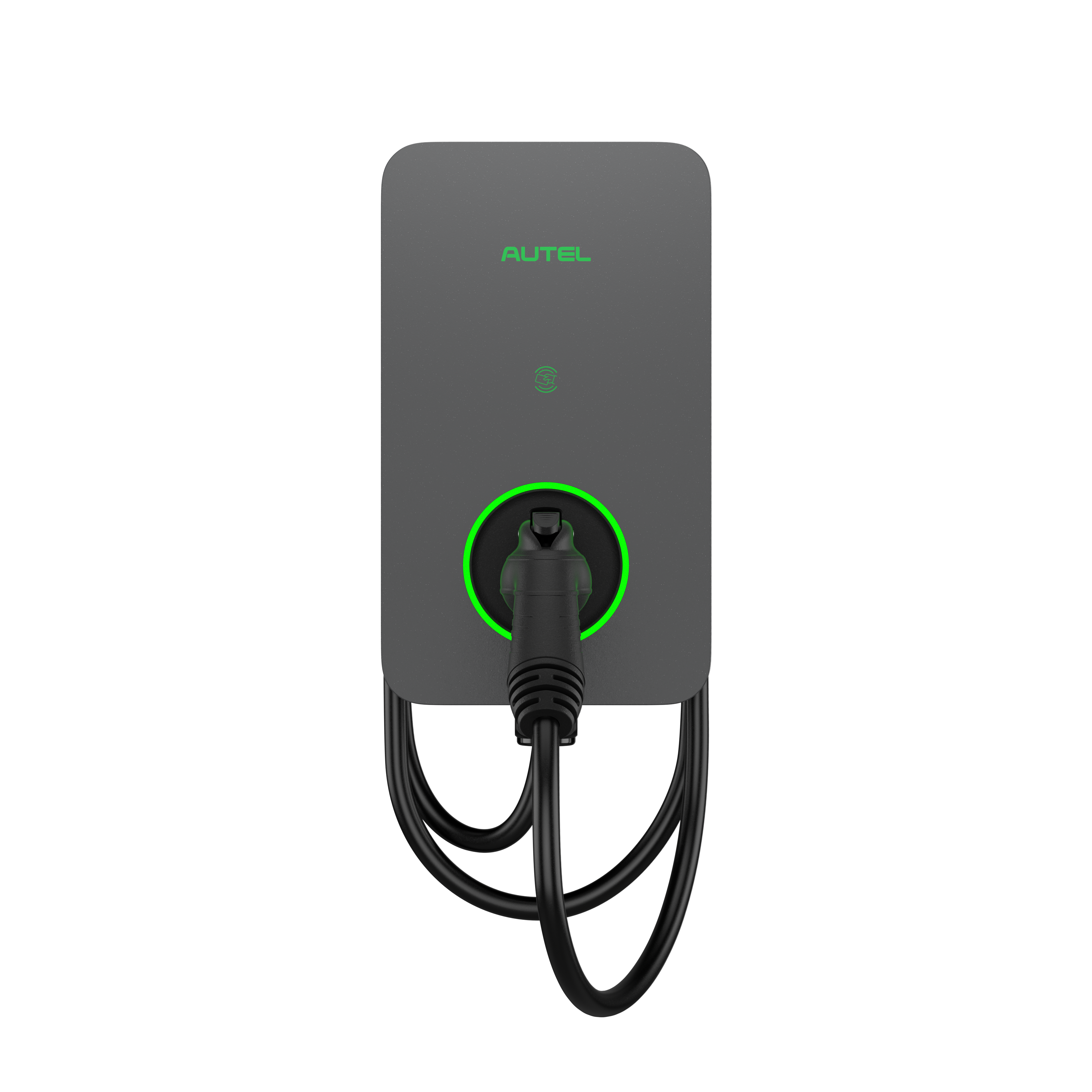

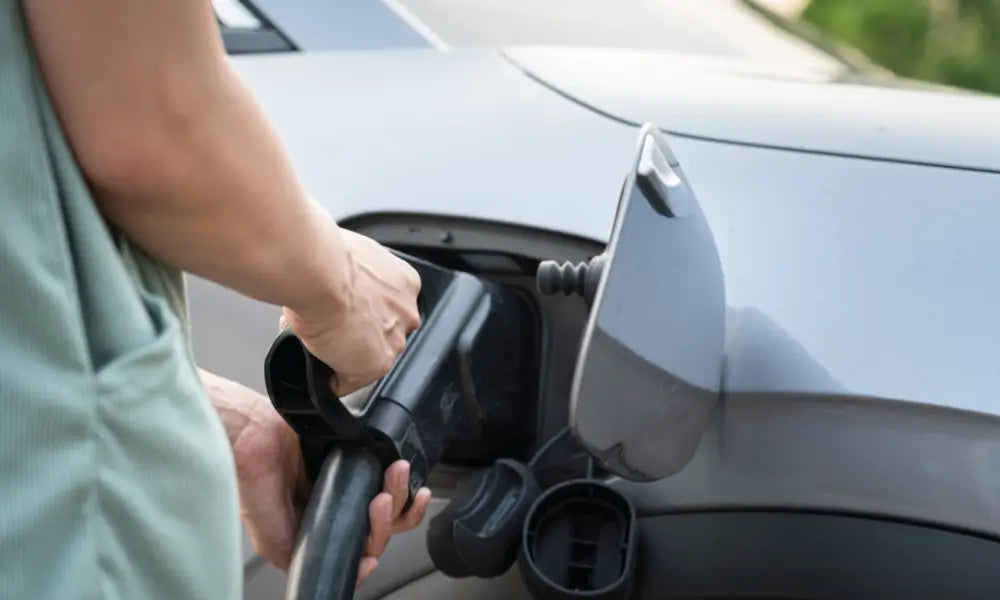
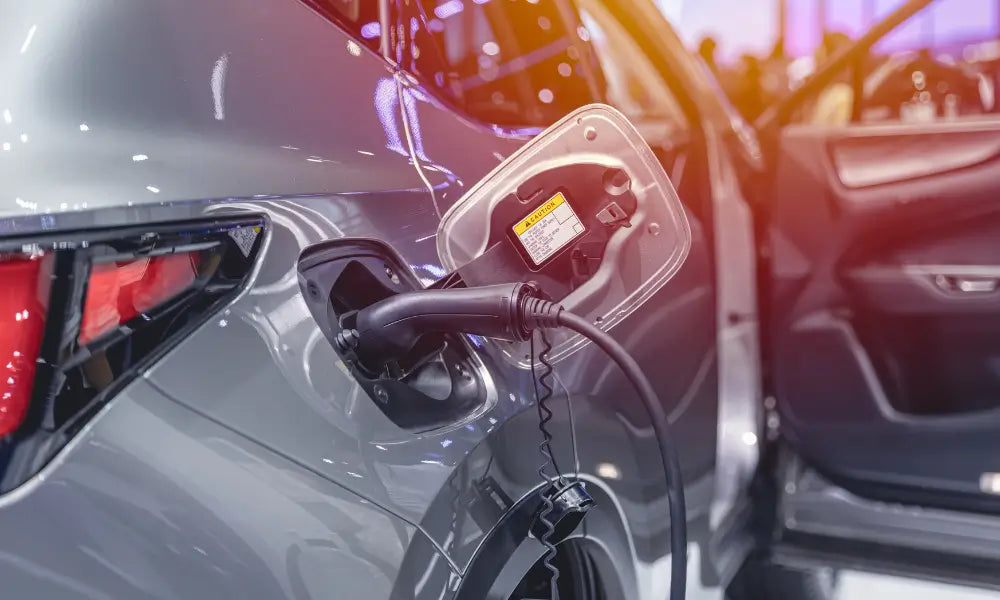
Dejar un comentario
Todos los comentarios se revisan antes de su publicación.
Este sitio está protegido por hCaptcha y se aplican la Política de privacidad de hCaptcha y los Términos del servicio.